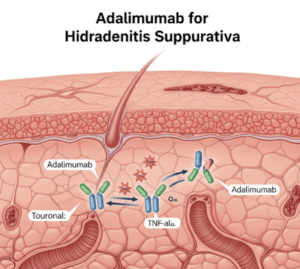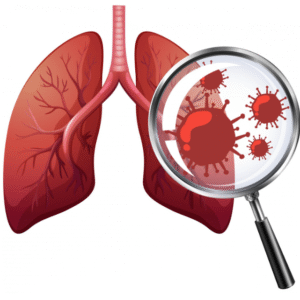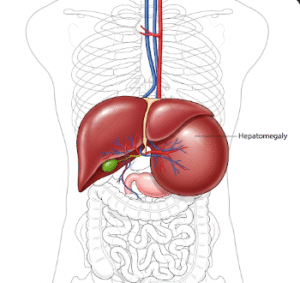Overview
Amenorrhea refers to the absence of menstrual periods and is often a symptom rather than a disease itself. It can be caused by a variety of underlying medical conditions affecting hormonal balance, reproductive organs, or overall health. Identifying the root cause of amenorrhea is crucial for effective treatment and restoring menstrual function.
What is Amenorrhea?
Amenorrhea is the absence of menstruation in women of reproductive age. It is categorized as:
- Primary amenorrhea: When menstruation has not started by age 15 or within five years of breast development.
- Secondary amenorrhea: When a woman who previously had regular periods stops menstruating for three months or more.
Amenorrhea may indicate diseases or disorders in the endocrine system, reproductive tract, or systemic illnesses.
Symptoms
- No menstrual periods
- Possible related symptoms depending on underlying disease, such as:
- Breast discharge
- Acne or excessive hair growth (hirsutism)
- Fatigue, weight changes
- Headaches or visual disturbances (if pituitary involvement)
- Hot flashes or vaginal dryness
Causes (Diseases Leading to Amenorrhea)
Amenorrhea can result from many diseases and disorders, including:
- Polycystic Ovary Syndrome (PCOS): Hormonal imbalance causing irregular or absent periods
- Hypothalamic Amenorrhea: Often due to stress, excessive exercise, or low body weight affecting the brain’s hormone signals
- Premature Ovarian Failure (Primary Ovarian Insufficiency): Early loss of ovarian function
- Thyroid Disorders: Hypothyroidism or hyperthyroidism disrupting menstrual cycles
- Hyperprolactinemia: Elevated prolactin hormone levels often due to pituitary tumors
- Asherman’s Syndrome: Scar tissue inside the uterus preventing menstruation
- Chronic illnesses: Diabetes, celiac disease, chronic kidney or liver disease
- Congenital anomalies: Mayer-Rokitansky-Küster-Hauser (MRKH) syndrome causing absent uterus or vagina
- Medications: Contraceptives, chemotherapy, antipsychotics
Risk Factors
- Family history of endocrine or reproductive disorders
- High levels of physical or emotional stress
- Eating disorders or extreme dieting
- Use of certain medications
- Previous uterine surgery or trauma
- Chronic medical conditions
Complications
- Infertility
- Osteoporosis due to low estrogen
- Cardiovascular risks
- Psychological distress including anxiety or depression
Prevention
- Maintain a healthy lifestyle with balanced nutrition
- Avoid extreme weight loss and excessive exercise
- Regular medical check-ups, especially if menstrual irregularities occur
- Manage chronic diseases and hormonal imbalances early
Treatment Options in Korea
Korea provides multidisciplinary care for amenorrhea caused by various diseases:
Diagnosis:
- Hormonal profiling and blood tests
- Imaging: Pelvic ultrasound, MRI for pituitary and reproductive organs
- Genetic and autoimmune testing where appropriate
Medical Treatment:
- Hormonal therapies to restore menstrual cycles
- Treatment of underlying diseases such as thyroid disorders or prolactinomas
- Lifestyle and nutritional counseling
Surgical Treatment:
- Hysteroscopic surgery for intrauterine adhesions (Asherman’s syndrome)
- Corrective surgeries for congenital anomalies
Fertility Treatment:
- Assisted reproductive techniques for amenorrhea-related infertility
Centers of Excellence:
- Seoul National University Hospital
- Samsung Medical Center
- Asan Medical Center
- Yonsei Severance Hospital
These centers offer integrated care from gynecologists, endocrinologists, nutritionists, and mental health professionals to provide personalized treatment plans.













